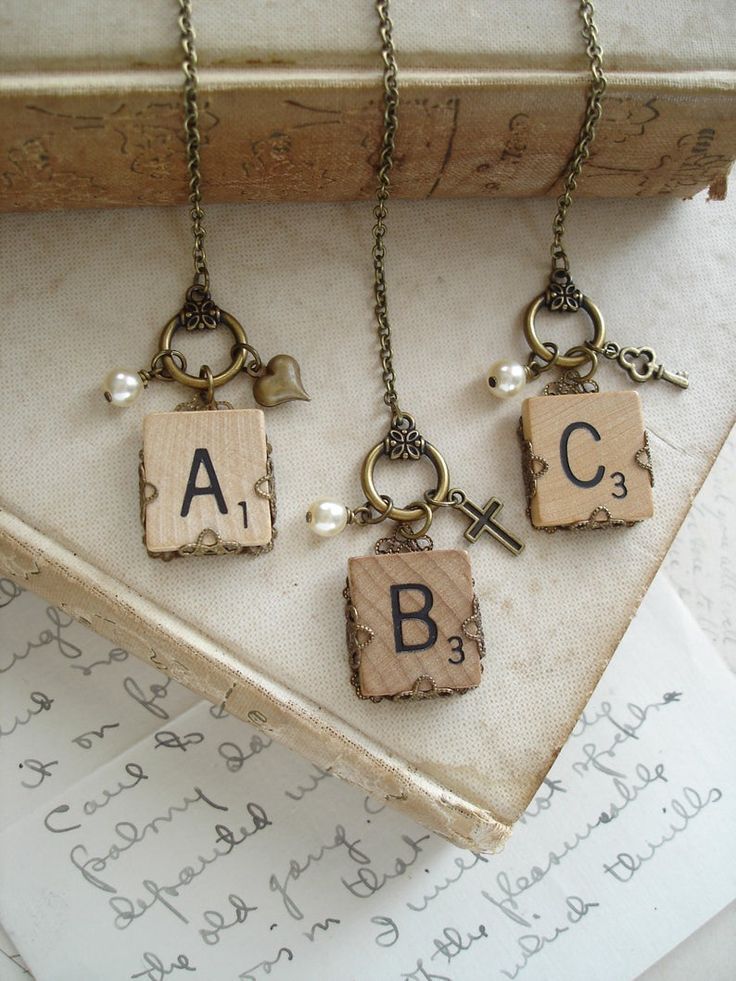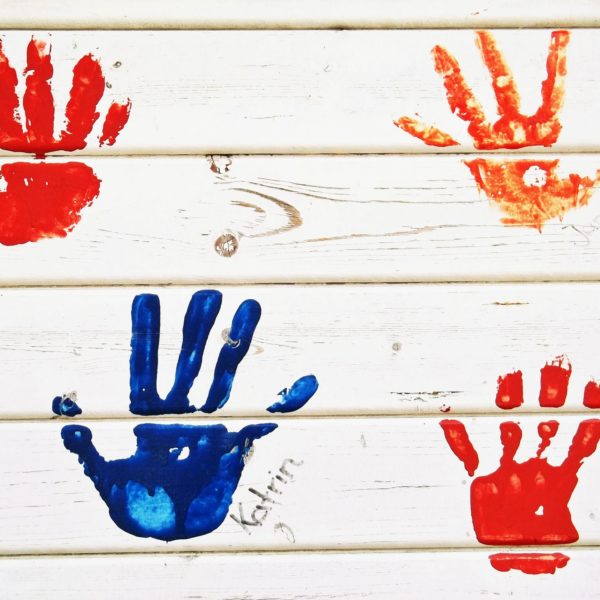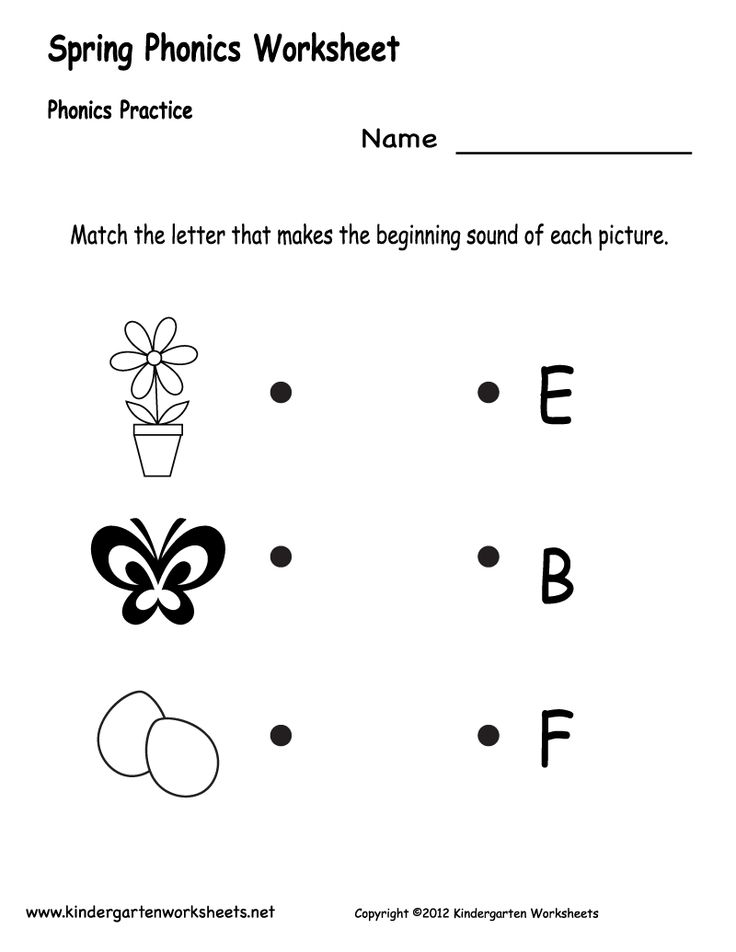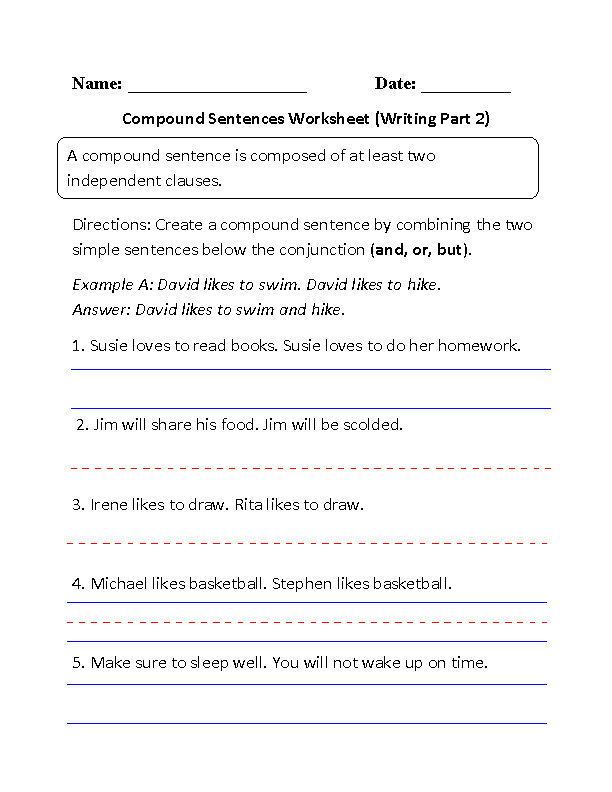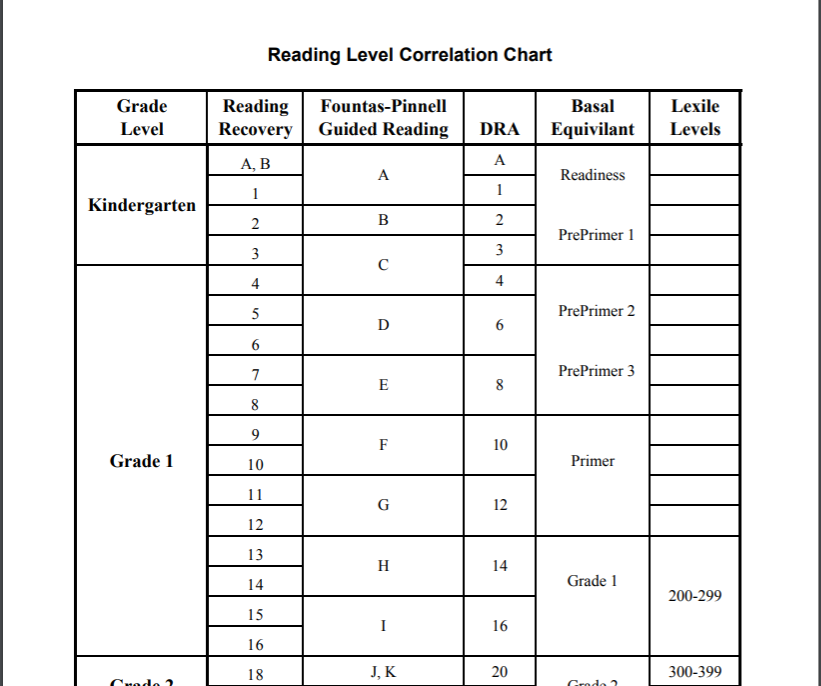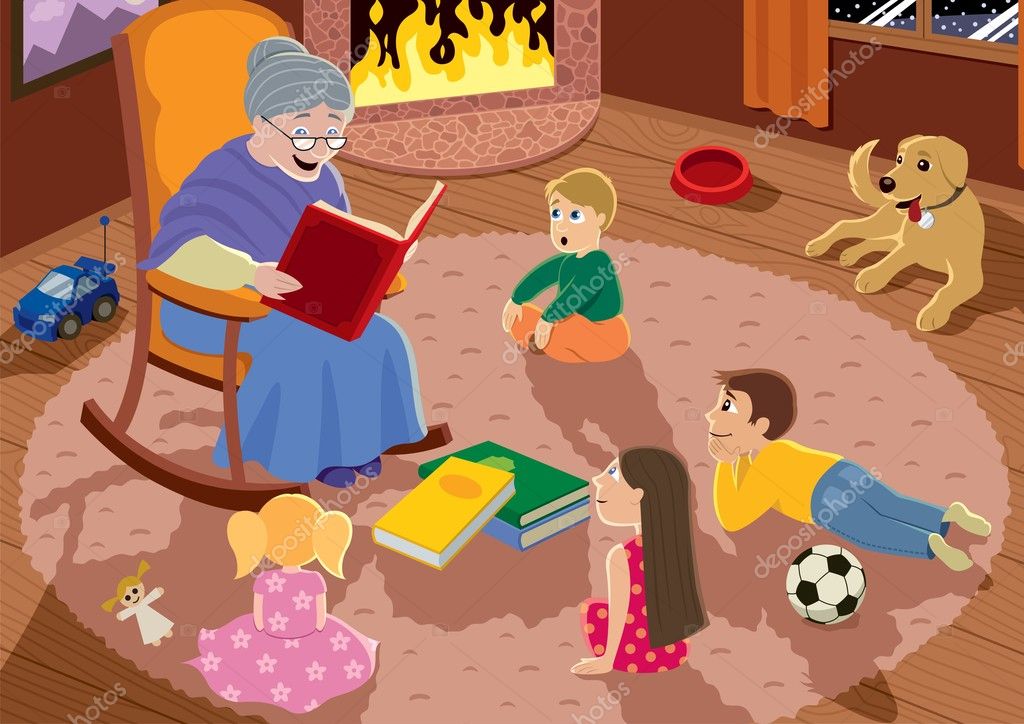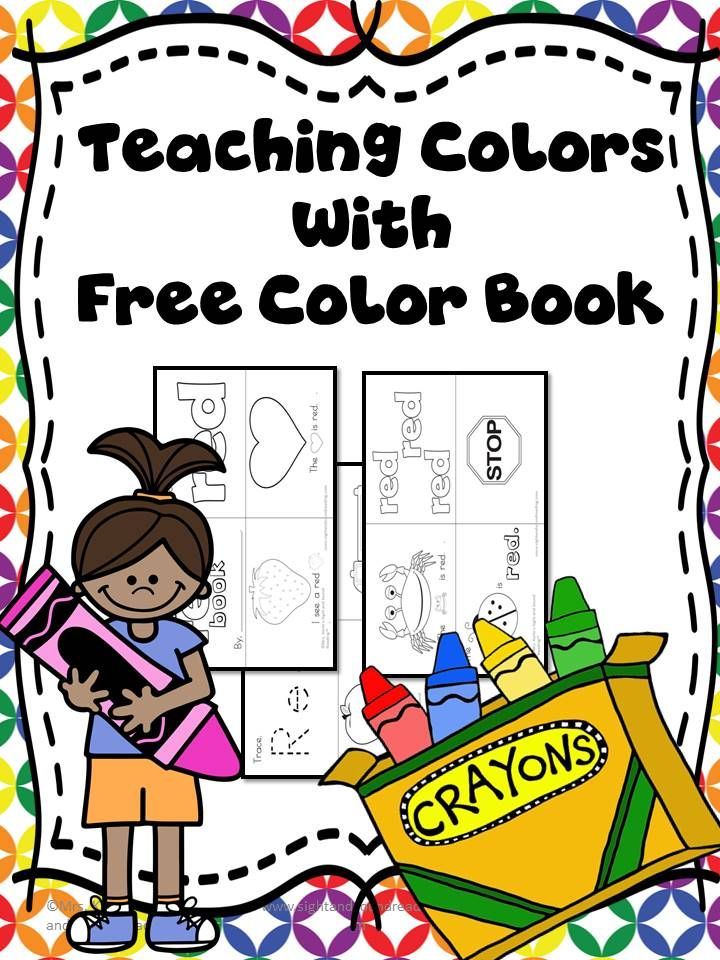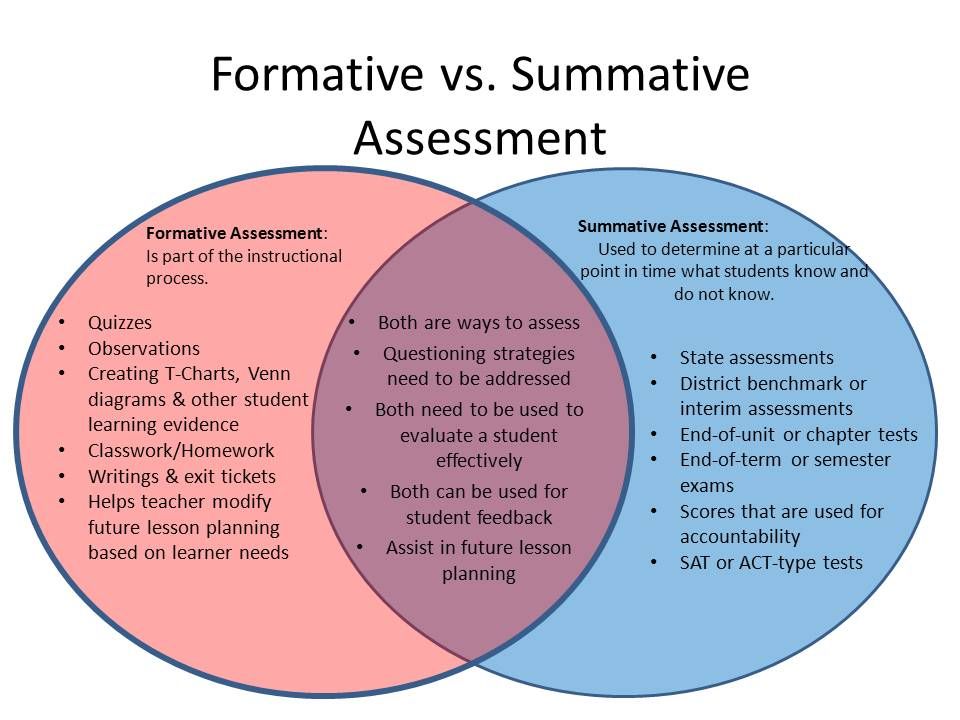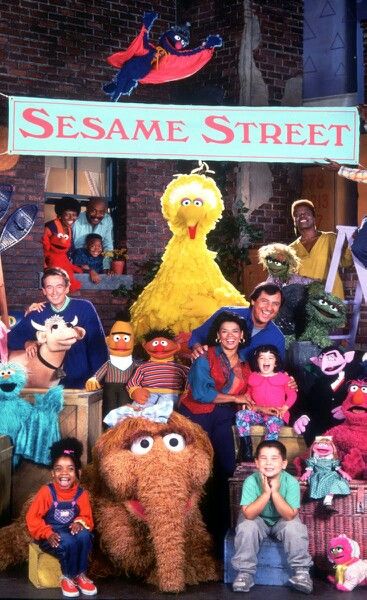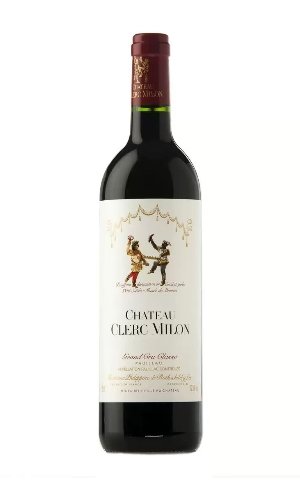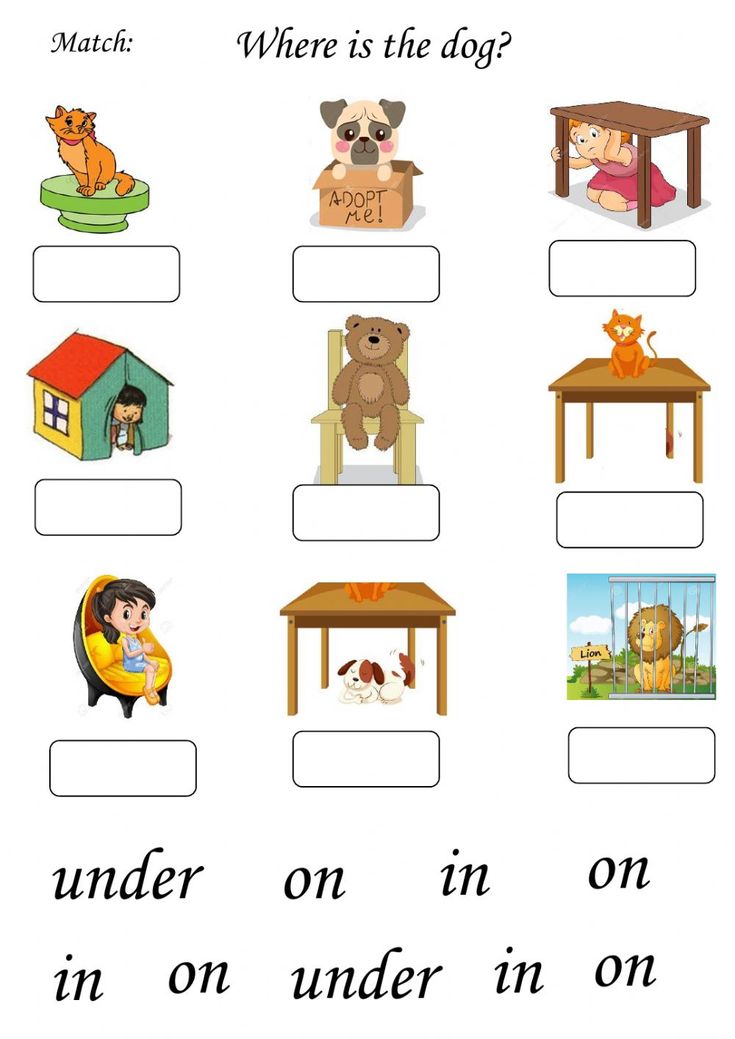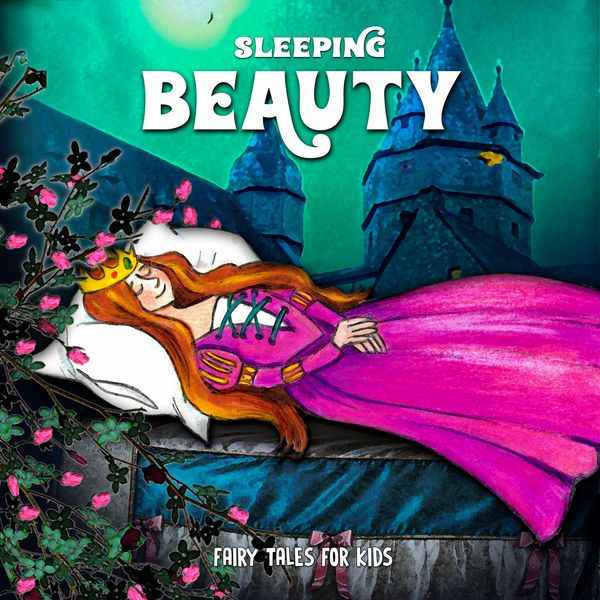Items that look like letters
Alphabet Letters in Objects
CLICK HERE to get access to our exclusive FREE printables library!
by Caley 33 Comments
Disclosure: This post may contain affiliate links. This means, we may receive a small commission if you choose to purchase something from a link we post (including links to amazon.com because we are a participant in the Amazon Services LLC Associates Program.) Don’t worry, it won’t cost you anything.
Speaking of spring {because it’s coming soon…hopefully…}
Last spring I was able to visit my uncle’s farm with my family. We lived there when I was younger and a lot of things have changed since I’d been there last. I was impressed to grab my camera and capture the way it was then, before anything else from my childhood memory changed again.
As I was wandering and reminiscing of old times, I started to notice the beautiful color, texture, pattern, and shapes of the farm elements. I started zooming up on them and found that some of the shapes resembled letters of the alphabet! Just a few days before, I had noticed a piece of art spelling out a word using photos of architecture…then it clicked! I could make my own word art with farm equipment! Not only would it be my own creation, it would be sentimental of my childhood and family’s farm!
I ran {ok, walked quickly} back to grandma’s house, grabbed my sister, a piece of paper and pencil. Together we decided how many we would need of each letter. {We used the Scrabble game for inspiration.} Knowing we needed multiples of the vowels and popular letters…we set out on a Letter Scavenger Hunt.
We used the “macro” setting on the camera for smaller items for best quality.
One of the most important things we learned was to do it all the same day and in a timely manner. We had a storm roll over us at one point and the lighting of those letters look a lot different than the others. So keep in mind time of day and lighting if you are planning on using the colored versions.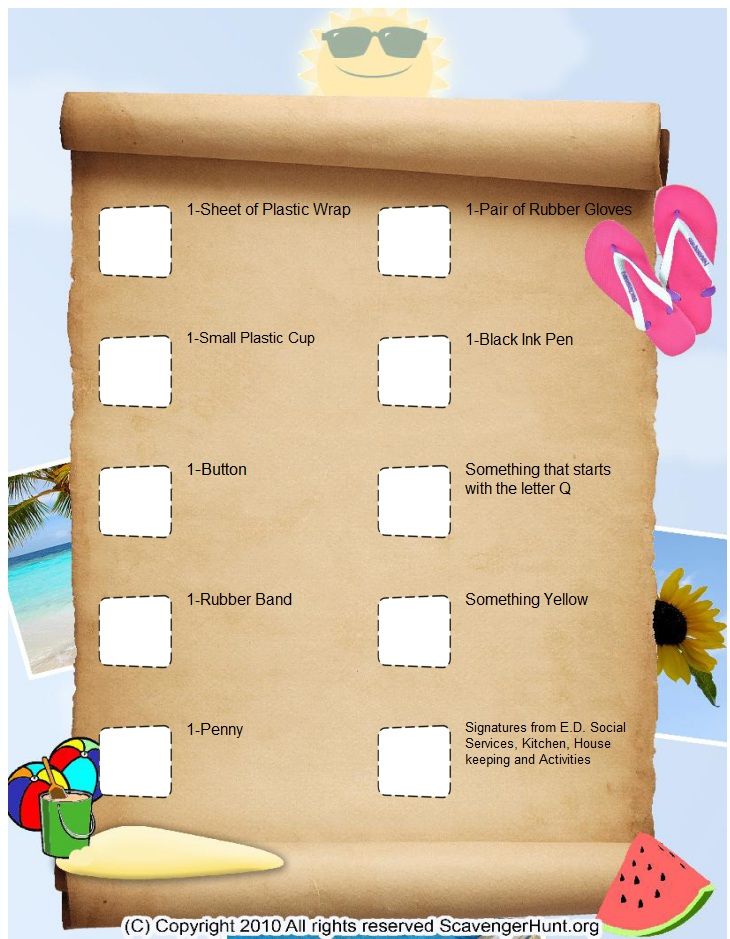 If not, change them to black and white and no one will know the difference! 😉
If not, change them to black and white and no one will know the difference! 😉
Get it? HDS=HowDoesShe
Your letters can be used in dozens of ways! Display your last name or kid’s names in their bedrooms!
Expression words are “fun” too!
Or holiday words such as “lucky, boo, joy, peace”…the options are ENDLESS!
*Hint, keep in mind the frame you want to use so you take your photos the right way {vertical vs. horizontal}
Now get yourself outside on these early spring days and have a letter scavenger hunt! Challenge your kids to find the letters to their names or favorite words! Make it a family scavenger hunt! {Don’t forget to take pictures of your kids having fun…because that’s where the memories come…from having fun!}
Happy Hunting!
Sincerely,
{Caley}
Filed Under: Crafting, Decorating, Family Time, Father's Day, Gift Giving
Objects by Letters - Etsy.de
Etsy is no longer supporting older versions of your web browser in order to ensure that user data remains secure. Please update to the latest version.
Please update to the latest version.
Take full advantage of our site features by enabling JavaScript.
Find something memorable, join a community doing good.
(390 relevant results)
Project "What does a letter look like.
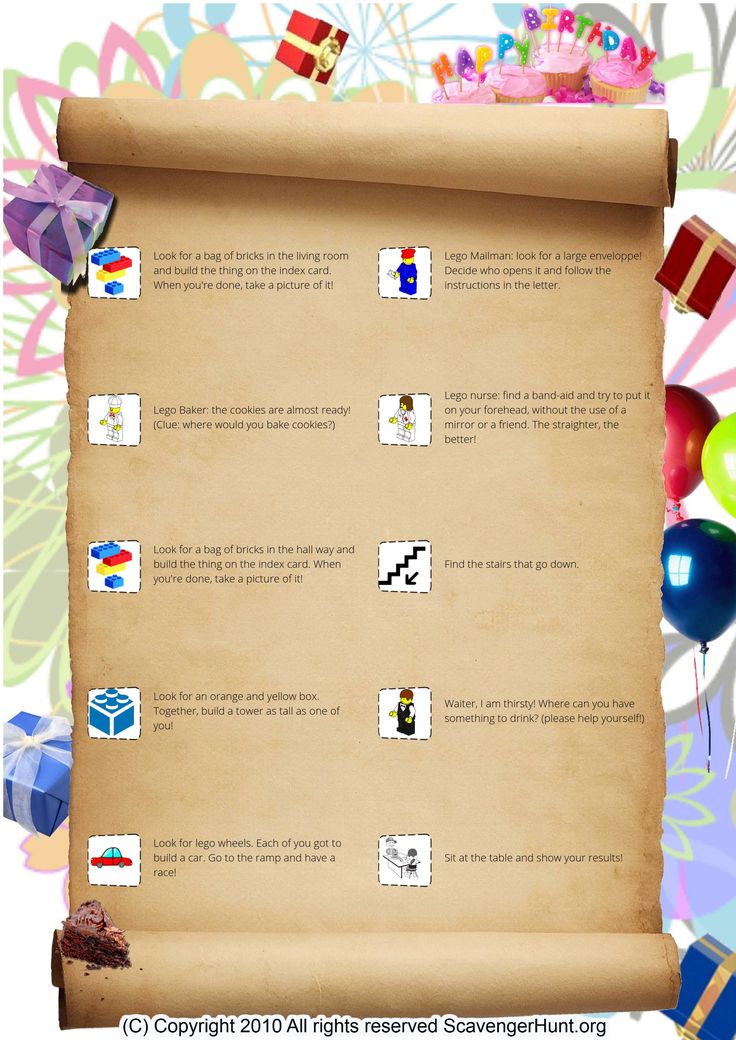 .."
.." In grade 1, after studying all the letters of the alphabet, children are asked to complete the project "What does a letter look like". In the poems of Soviet writers, letters begin to come to life before the eyes of astonished first-graders. The letter A turns into a rocket, the letter Zh - into a beetle, the letter M - a swing, etc.
While working on a project, first-graders draw a letter, bringing it to life. Then they learn a poem about their letter. The verse can be written under the picture. Each child brings their own project to the class and it turns out a fun ABC.
Alphabet
Let it start with a stork
He,
Like the alphabet,
Start with A
Letter A, letter A
Alphabet head
Knows Vova, Knows Light,
A looks like a rocket.
Letter B with a big belly
In a cap with a long peak
Letter B will wake up early.
Letter B - a barrel with a tap.
Wash your face! Be healthy,
Bogatyr Boris Bobrov!
Stick,
Two arms side by side
Here are
glasses for the frog
We are in front of us the letter G
is like a poker
here, During the smoke,
letter d pipe
e,
, instead of the rabbel, this letter was wide
And it looks like a beetle
And at the same time it looks like a beetle
Makes a buzzing sound
F-f-f-f-f
This is F,
And this is K
A whole beetle
And half a beetle
White field
In fog and snow
They wander slowly
Ram horns (Letter Z)
Look at the gate:
How is it not the letter I?
Between two straight boards
One lay down obliquely
The signalman holds two flags
With flags he is like the letter K
The alphabet will continue our
Letter L - a forest hut
Here is a swing -
!
Swing here
Everyone can
On the letter N
I'm like on a ladder
I sit and sing
Songs
There I will find the letter H,
Where the hammock hangs in the garden.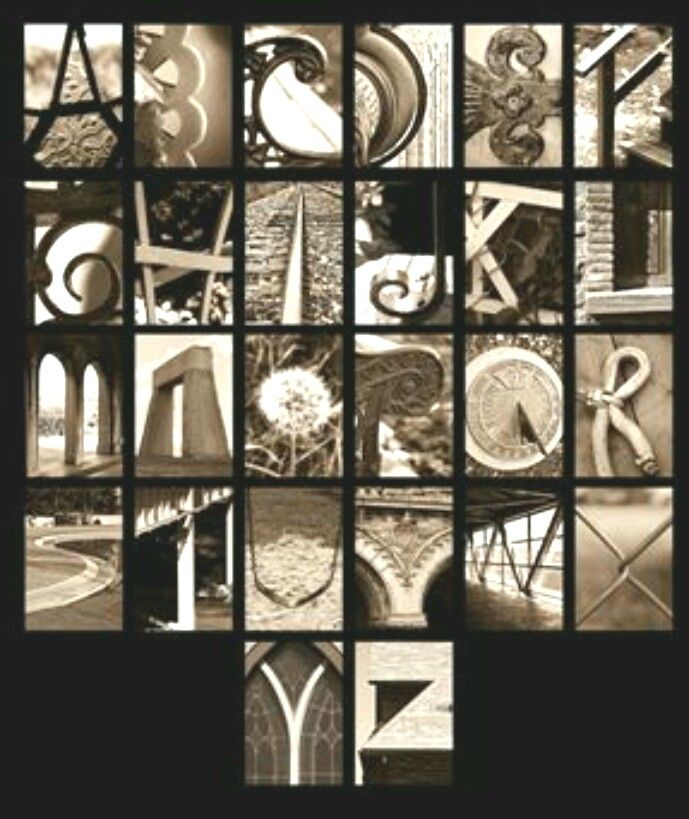
Look at the wheel
and you will see the letter about
on hockey, on football
letter n - gates in the field
letter P - on the mast sail,
Saves into the distance, heaven touches
Cremes in the sky of
The letter C hung over the house
The hammer knocks: "Knock knock!
The letter T I'm an old friend"
U - knot. In any forest
You will see the letter Y
Fedya walks with his arms to his sides
So, he learned the lessons
We are not horned,
Not evil
We are goats
And not goats′
Letter C - faucet tank
Yes, you made the right decision: we write
H as four.
Only with numbers, friends,
We must not confuse letters
Shura ted the hay
Forgot the pitchfork in the hay
Looks like a comb
Щ looks like
Three teeth in total
Well!
A, poor letter Y
Wanders with a stick, alas
The letter P turned over
Turned into a soft sign
Over the meadows in the blue
The letter E flies
To not roll on a strong07 pillar,
Oh, look,
What happened:
It turned out .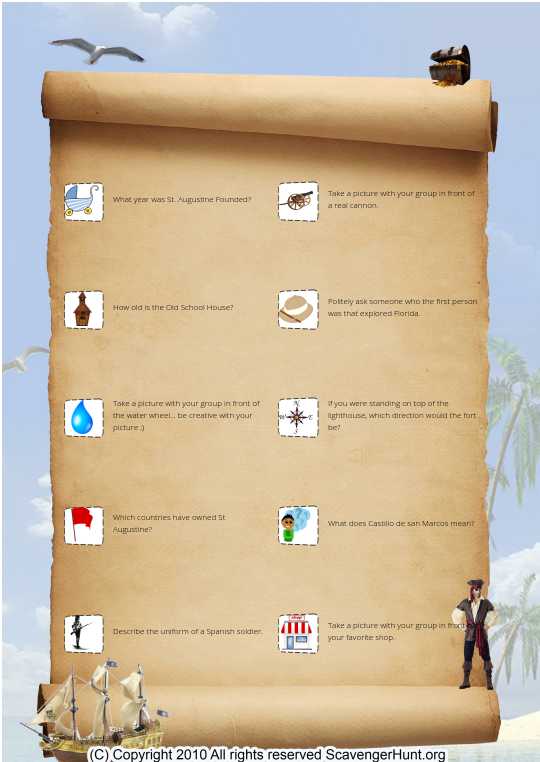 .. the letter Yu
.. the letter Yu
Look, friends,
I made a birdhouse.
And flew into the birdhouse
Instead of a bird - the letter I
See also:
How to make your own letters
My Favorite Letter Project
Letter A Project
Live Alphabet in Pictures - Grade 1 with associations
Ekaterina Ushakhina
Friends, today we will tell you about the long-awaited novelty - “Azbuka. Living letters. This alphabet is very unusual. It consists of bright puzzles, and all the letters in it are "live", they look like objects, people and animals, you can play with them and have fun.
Letters and puzzles
The alphabet is a set of pairs of cards that are connected to each other like puzzles: one card shows a letter, and the second one has a nice picture-association. 33 pairs of beautiful cards are waiting for you.
The letter "A" is like a stork's beak. "B" is like a fat hippo.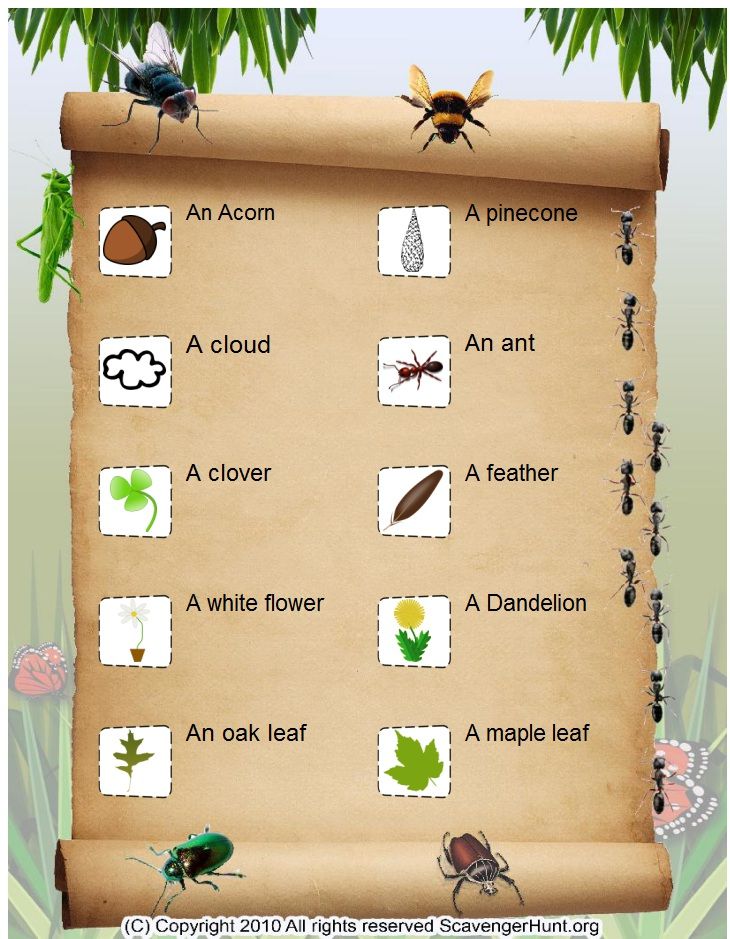 "D" - well, it is very similar to the house.
"D" - well, it is very similar to the house.
Is it really fun? Moreover, it is useful and effective. After all, this approach involves the associative memory of the child.
An association picture matched to a letter is very similar in shape to the letter itself. So in the process of playing with cards in the memory of the child, the association “picture - shape of the letter - name of the letter” is formed, which will definitely pop up in the memory of the baby at the right time.
In addition, the alphabet is interactive, with puzzles. And everyone knows how children adore them. The option with puzzles is good because it allows the child to independently select pictures-associations for the letter, name it and check himself. That is, the principle of active cognitive activity is observed.
How living letters were born
The author of the "Azbuka" Yulia Tarakanova is a teacher, psychologist, specialist in eidetics (method of developing figurative and associative memory through special exercises).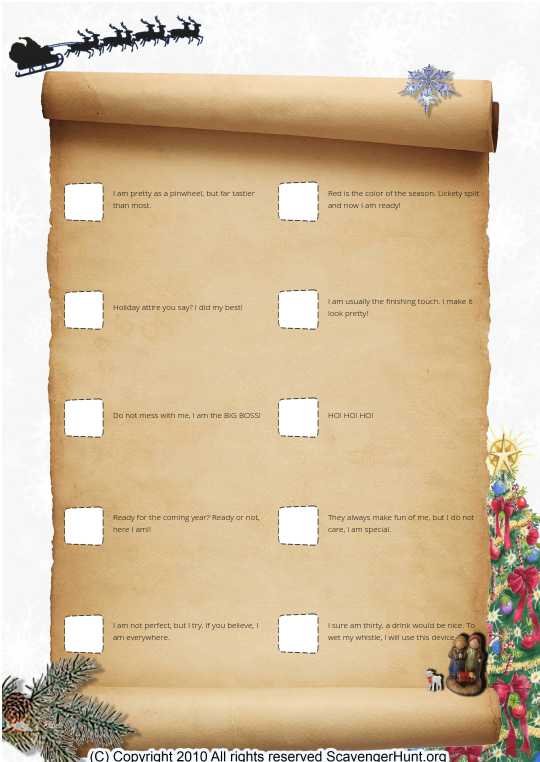 She has been successfully teaching letters to kids for over 18 years using the associative method.
She has been successfully teaching letters to kids for over 18 years using the associative method.
And it all started like this:
The idea of memory association drawings came to my mind when I was a ten-year-old girl and was in the hospital. I helped the nanny look after the kids. One two-year-old girl had an alphabet with pictures drawn by her father. The baby with great pleasure showed it to everyone and called the letters. I did the same with my younger sister Masha, also applying my ideas with letters from a squirrel, which I put in the mailbox. The idea of a real associative alphabet came to me much later, at 1997, when at the Moscow School of Eidetics I studied memorization techniques based on the ability to create vivid images in my memory.
When creating the ABC, Yulia Tarakanova used only those associations that were suggested to her by little students, so they will be close to your child.
After studying at the school of eidetics, I tried the methods of associations in practice with my one and a half year old daughter.
I was very surprised that kids at this age are able to create their own associations. For example, for the letter “B”, the daughter herself came up with the idea that this is Vovka’s older brother riding a bicycle. My niece Sonya, at the age of two, turned the letter “L” into a slide, from which her grandmother Lera rolled down. A lot of ideas were given to me by two-year-olds from the Saratov children's club "Slovechko". I asked them to think of what or who the letters looked like. This is how children's associations accumulated.
Funny lessons
The ABC turned out to be bright and beautiful, with nice pictures. All puzzles are hidden in a small handy box (12×17 cm), which you can take with you, for example, to play with your child on the road.
The outlines of the letters in the pictures are convex, they are specially varnished for tactile familiarity. Moreover, both the letters themselves and the elements of associations that repeat their shape.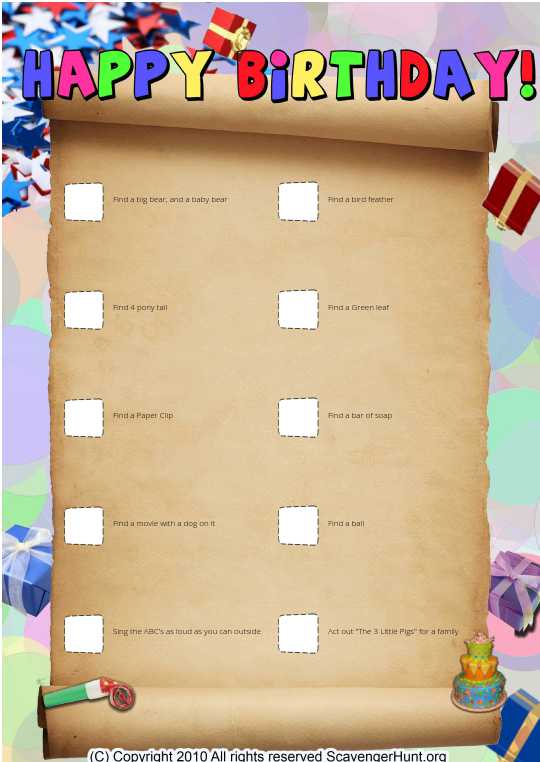
Each puzzle has its own unique lock. If a child chooses the wrong association for a letter, then the puzzle simply won't work.
The set comes with detailed instructions for parents on how to learn the alphabet with their child.
Here are some quick tips:
- For better memorization, introduce your child to no more than seven letters at a time.
- Say only the sound that the letter stands for, not the name of the letter.
- Ask your child to circle the letters with his finger.
- Show the child the word under the picture. Pay attention to the first letter of the word.
Shall we play?
Living Letters is interactive and playful in itself, but the author also offers activities with puzzles that will help make learning more effective.
- Scatter cards with familiar letters in front of the baby. Show and name the letters one at a time and ask them to find what they look like. After the child has found a pair, ask him to connect the halves of the puzzles.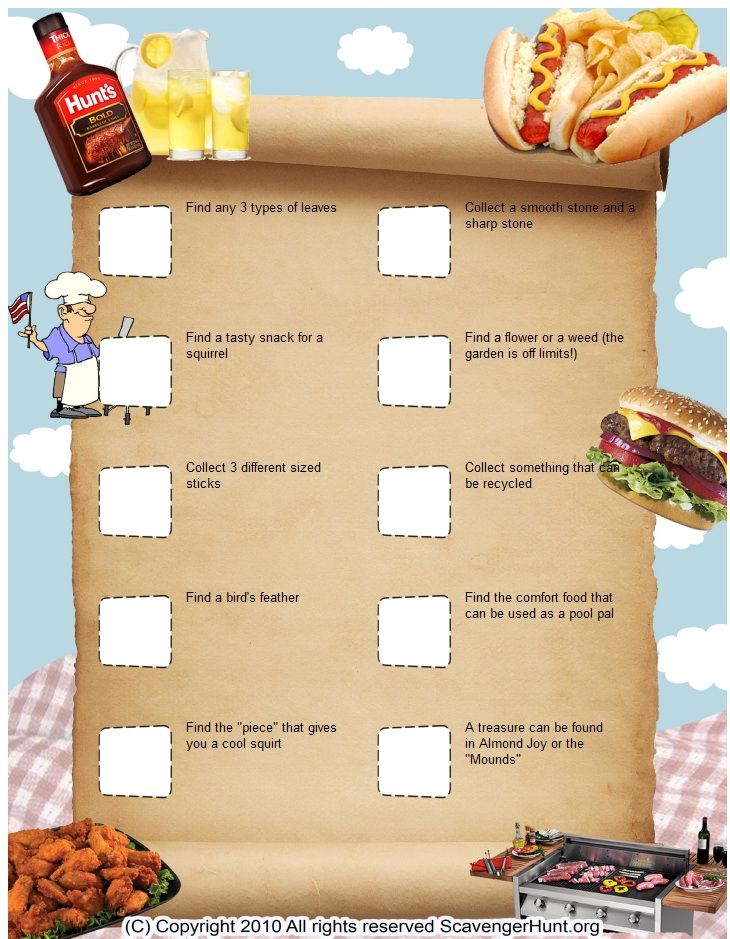
- The game is reversed. Show the child one card with associations and say what is drawn on it. Ask your child to find and name the letter that the picture looks like. Connect the puzzle.
- When the child has learned the alphabet, place all the cards face down in front of him. Turn over any card (letter or picture-image) and ask the child to match it with a pair. In this case, the baby must necessarily name the letter that he is looking for.
- Use toys and objects that illustrate the associations shown on the cards while teaching. This will help you remember the letters faster.
- If the child offers his associations to the letters, use them during class. Create your own images of letters, draw them or sculpt them.
- For the game, you can also use the reverse side of the puzzles, which depicts association pictures. While studying a particular letter, invite the child to look for an association on the shirt of the puzzle.
- At home, during walks and trips, pay your child's attention to the letters around you.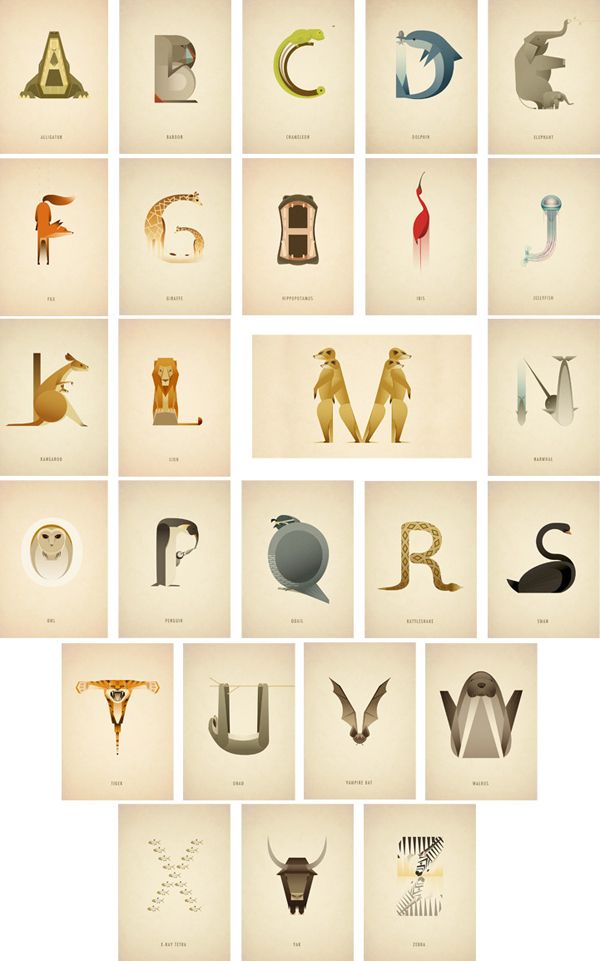 Only when the baby recognizes letters everywhere, you can be sure that he has mastered the alphabet.
Only when the baby recognizes letters everywhere, you can be sure that he has mastered the alphabet.
Checked!
Learning the alphabet with the help of associations is very effective. We checked. While the artist of the book, Masha Sergeeva, was drawing illustrations for the alphabet, her 2-year-old son learned the entire alphabet from the sketches.
Julia Tarakanova now lives in America and uses the associative method in teaching bilingual children.
In America I have to teach bilingual kids the Russian alphabet. Dana, who already speaks three languages, was not familiar with Russian letters by the age of three. She comes to my classes two or three times a week. And between other important things, we play letters. Two weeks were enough for her to memorize the Russian letters.
Using the method of associations, Yulia Tarakanova teaches children not only Russian letters, but the English alphabet and numbers, the composition of numbers up to ten and the multiplication table.